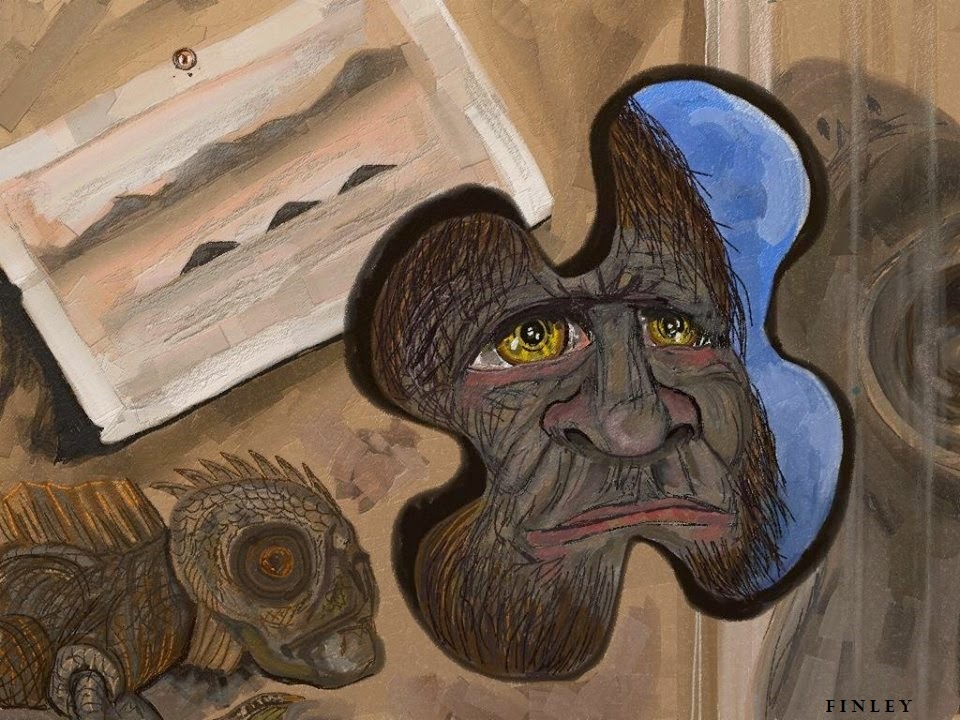 |
| The cover of Rhinoceros Giants, with brilliant artwork by Carl Buell. (Source) |
The ungulates are an exceptionally diverse group of mammals, with members having conquered a wide range of niches and even returning to the sea. One of the most interesting representatives of this clade was the impressive fossil perissodactyl
Paraceratherium, the focus of a
book recently published by Dr. Donald Prothero.
Paraceratherium holds the title of the largest terrestrial mammal ever, having stood twenty-two feet tall at the shoulder and outweighing the largest modern elephant by twice its bulk. This animal possessed a skull which could grow to six feet in length and exhibited a pair of conical tusks. Prothero details an intriguing new interpretation of the skull's anatomical features which suggest that this rhinocerotoid would have possessed a form of trunk or proboscis and relatively large ears: striking morphology illustrated in the vibrant cover of this book.
Rhinoceros Giants provides an exciting narrative on both the discovery and evolutionary history of
Paraceratherium, shedding much light on the diverse past of the rhinoceros. I feel that a book of the nature as this one has been well-warranted for quite some time now. Prothero helps to clear up controversy over the proper name for these behemoths, and provides a better understanding of the ecology and potential life behavior of the indricotheres in detail not matched by the documentaries which helped
Paraceratherium gain its fame.
Rhinoceros Giants gives the unprecedented textual attention that this remarkable fossil mammal deserves.


